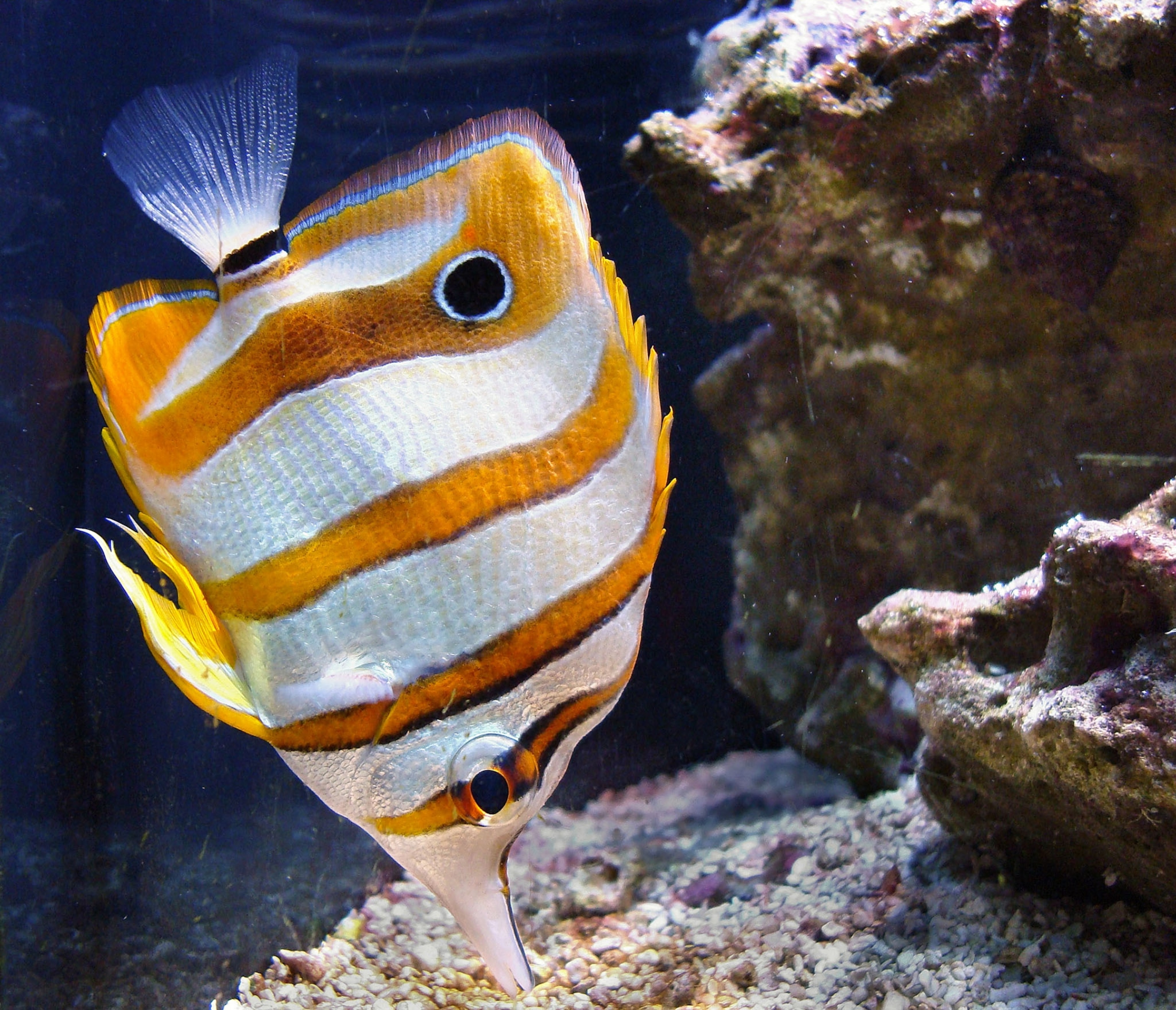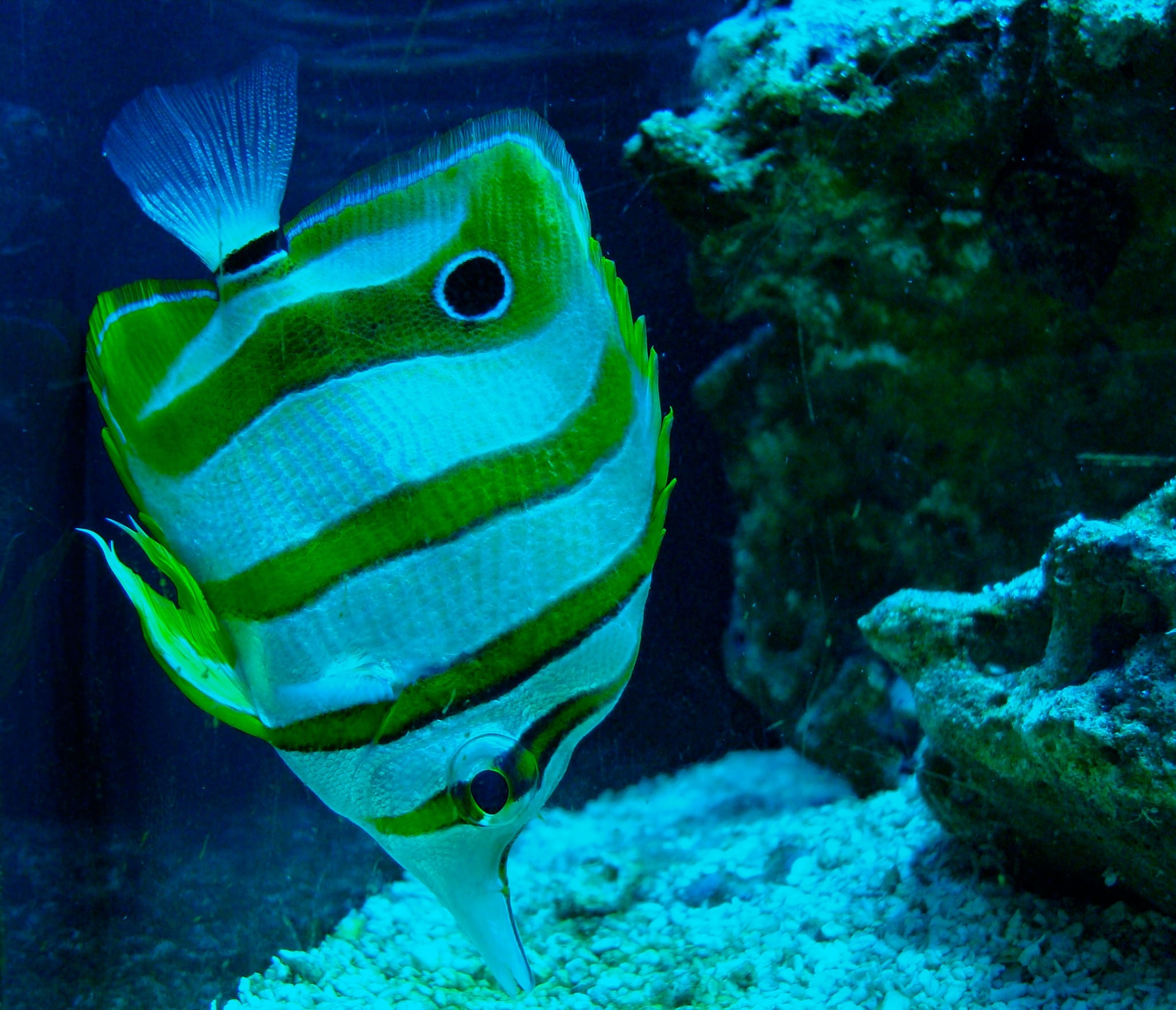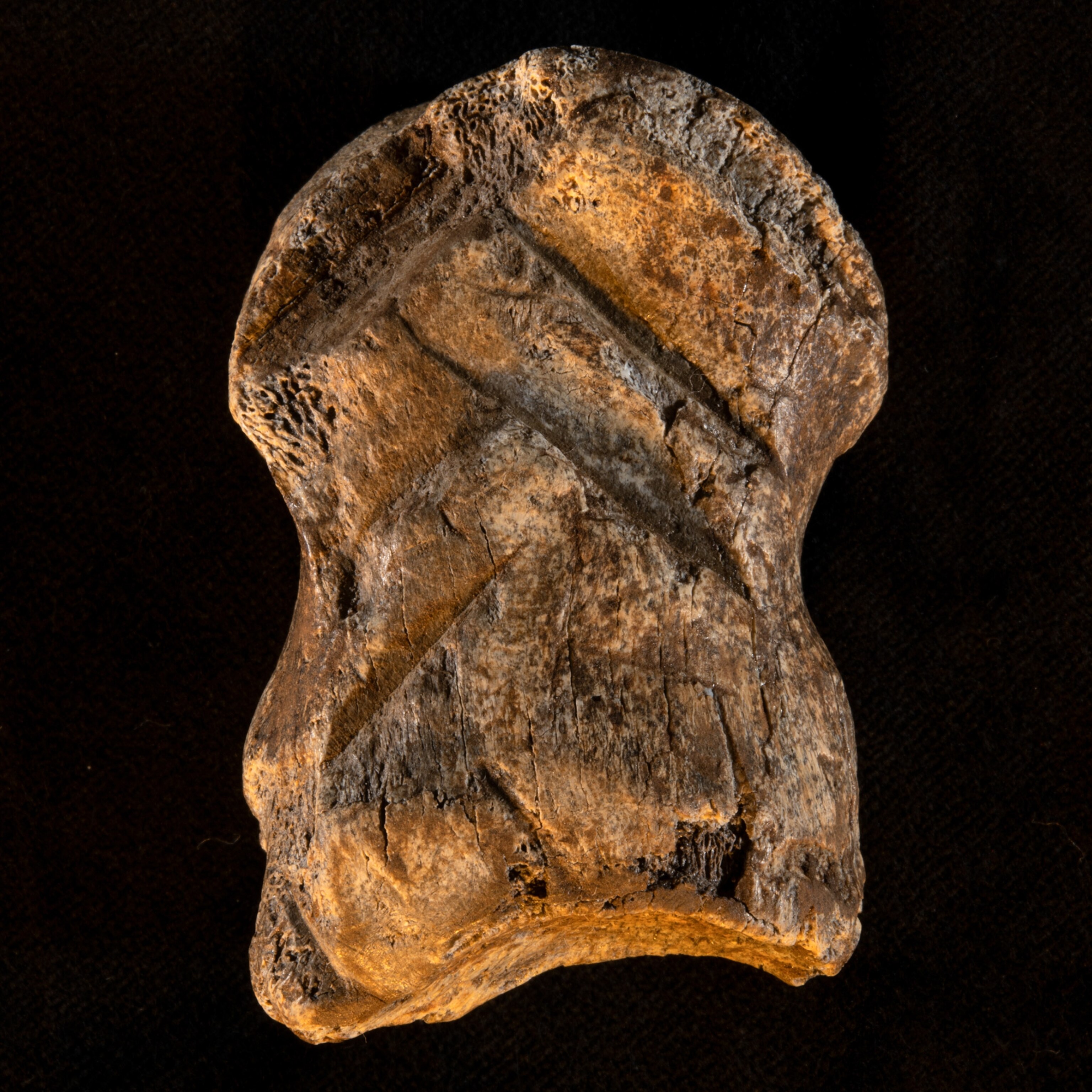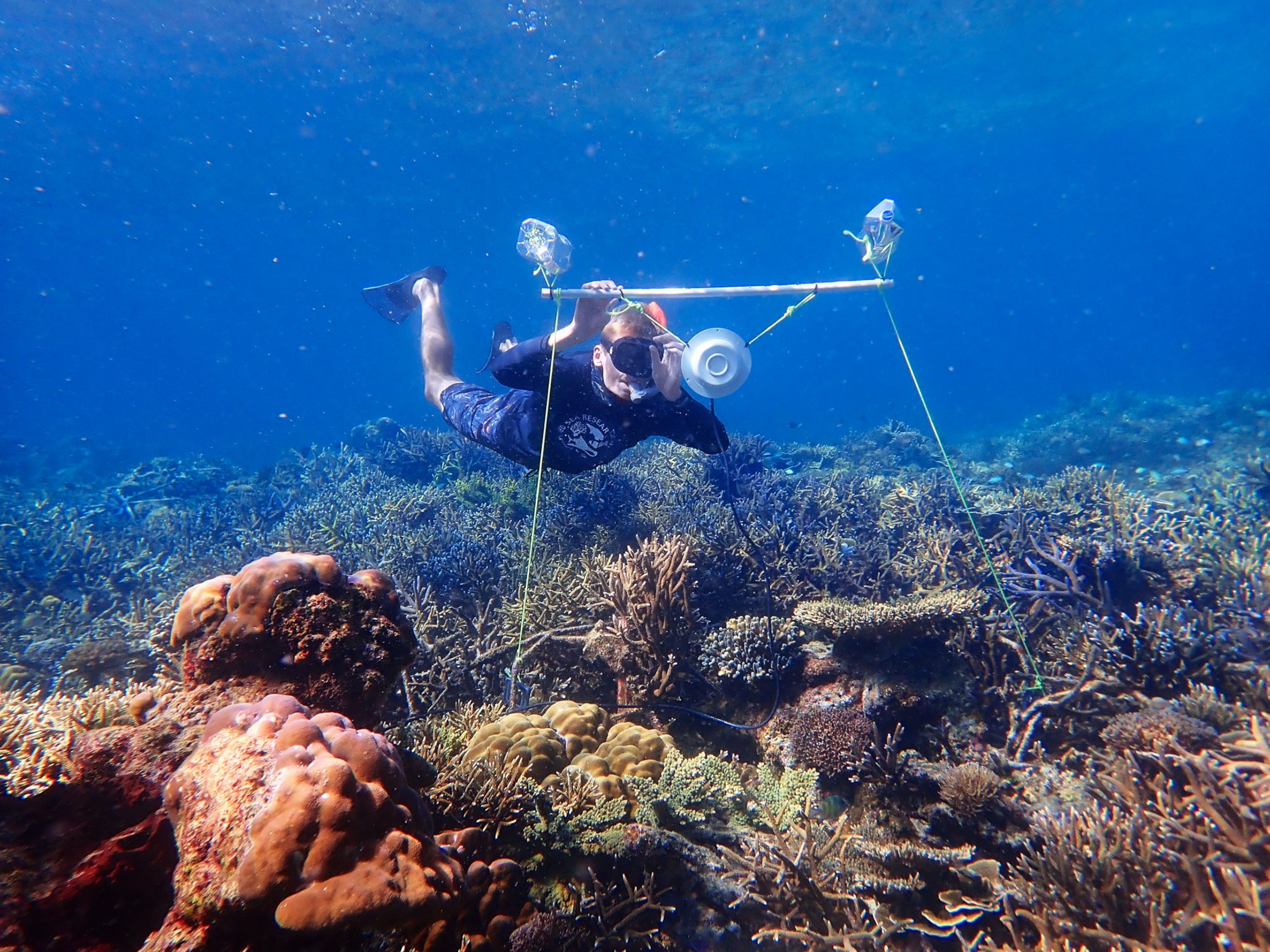
Bees bed down in blooms, and more wonders
A photographer captures bees’ surprising crash pad, archaeologists unearth Neanderthal art, and climate change affects color perception in fish.
These bees bed down in blooms
Where globe mallow plants bloom in the western United States, you’ll often find a species of bee that shares the plant’s name and taps it for food. Nature photographers Joe and Niccole Neely were walking in an Arizona field when they saw the bees’ other use for the blooms: as crash pads. Globe mallow bees don’t make hives; females sleep in ground nests, males on plants. Near sunset, the Neelys saw bees enter one flower after another. “They’d just kind of crawl in and plop over,” Joe says. And when one more bee alighted and saw all blooms occupied, it converted a single into a double. —Patricia Edmonds
Who was ‘dragon man’?
Nearly 90 years after it was hidden at the bottom of an abandoned well, a stunningly preserved skull is getting its day in the sun. The artifact may represent a new human species: Homo longi, aka “dragon man” (reconstruction below). At least 146,000 years old, the cranium sports a mash-up of ancient and modern features that show it’s closely related to us—even more so than Neanderthals, some researchers say. “I’ve held a lot of other human skulls and fossils, but never like this,” says study co-author Xijun Ni, a paleoanthropologist at the Chinese Academy of Sciences. Yet dragon man is stirring debate, with some experts suggesting it could be a Denisovan, a mysterious Neanderthal sister group represented by scant fossils. No matter its identity, the skull underscores just how tangled the branches are in our human family tree. —Maya Wei-Haas

More depth = less color
As seas warm, some fish are descending to cooler waters and may see less color, recent study models show. Photos below simulate what copperband butterflyfish may see at depths 66 feet apart; one researcher likens the dimming effect to “going back to the days of black-and-white TV.” Reduced color perception can jeopardize a fish’s critical ability to identify others—to tell prey, predator, and potential mate apart. —Hicks Wogan


Evidence of ‘birth of art’?
Found at Germany’s Unicorn Cave, this 2.2-inch-long piece of deer bone carved with slanted lines more than 50,000 years ago suggests Neanderthals were capable of creative expression. Archaeologist Thomas Terberger co-wrote a study of the piece; he says it shows “the start of abstract thinking, the birth of art.” —Andrew Curry






